Tokyo Treasure Islands: The Fabric of Hachijojima
A tightly knit community beckons everyone to a tropical escape.
Traditional handicrafts and community ties make this off-the-beaten-track Tokyo-governed island worth the trip.
Hachijojima has me thinking a lot about weaving.
Not just because I’m here to make kihachijo, a traditional silk textile, but in metaphorical terms: the way disparate elements brought together in just the right pattern create something stronger and more beautiful.
Hachijojima is part of the Izu island chain, located nearly 300 kilometers south of the city of Tokyo to which it technically belongs. For my first day, nature guide Yuriko Orui is showing me around the volcanic island, which is roughly the size of the Yamanote loop line. The first thing I notice is the off-kilter mix of plants supported by the subtropical climate. As we drive up the slopes Mount Hachijo-fuji, shaped like its mainland namesake, the roads are lined first with palm trees and the spiky orange and purple stalks of birds of paradise flowers, then with the blooms of bright yellow silverleaf and tufty pampas grass I associate with autumn in Kanto.
This liminal effect only intensifies when we arrive at our destination: a patch of cleared pastureland high on the slopes, where a small herd of black dairy cows lean into a powerful sea breeze, indifferent to the spectacular view.
Moo juice
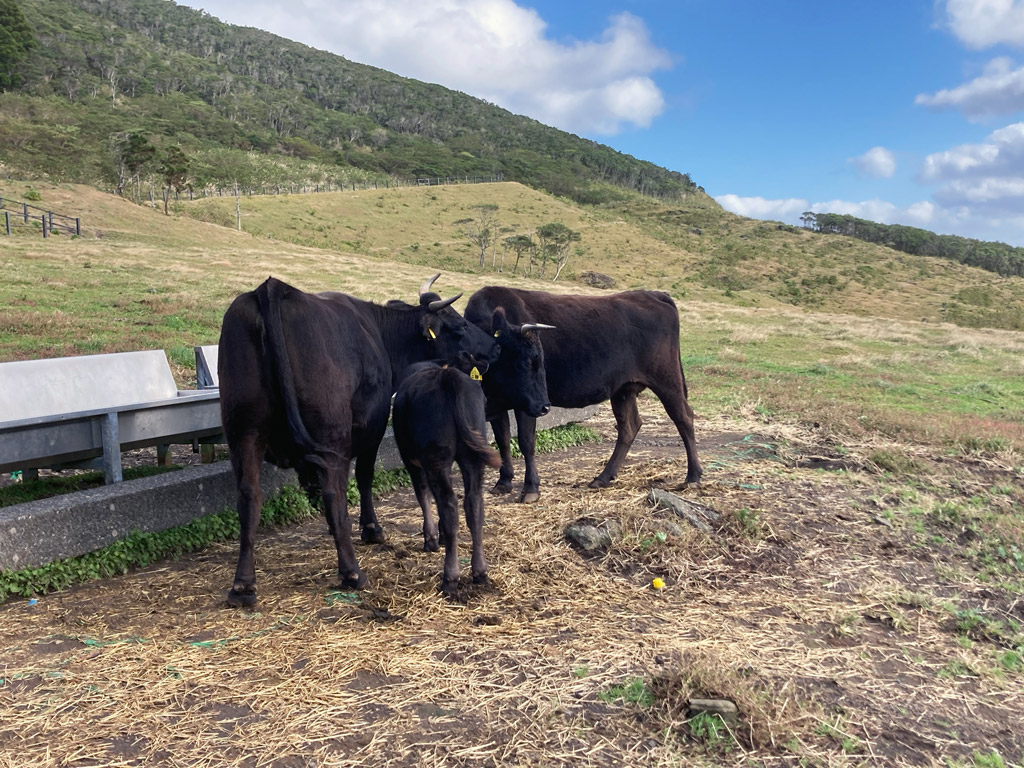 © Photo by Jessica Kozuka
© Photo by Jessica KozukaThe first cows were brought to Hachijojima in the Edo Period, along with early settlers. Nearly every household had one, providing not only milk but farm labor and transportation. In the 1960s, a national food company had some 17,000 head of cattle on the island, as well as a condensed milk factory, and dairy was a major industry. Over time, however, changes in technology and distribution methods made it cheaper to import milk from the mainland. Now, Hachijojima has just one producer, Hachijo Milk, but they are working hard to position rich Jersey milk as one of the island’s unique attractions and developing products like gelato to suit modern tastes.
Orui next takes me to Jersey Cafe, fast becoming a must-visit stop for tourists thanks to their Insta-worthy desserts. I opt for the Double Lemon Soft, a parfait using their signature milk soft serve, locally made lemon jam and lemon curd, mint and a handful of cornflakes for crunch. It is rich and tangy, leaving me to muse if anyone is using this delicious milk to make cheese.
Say cheese
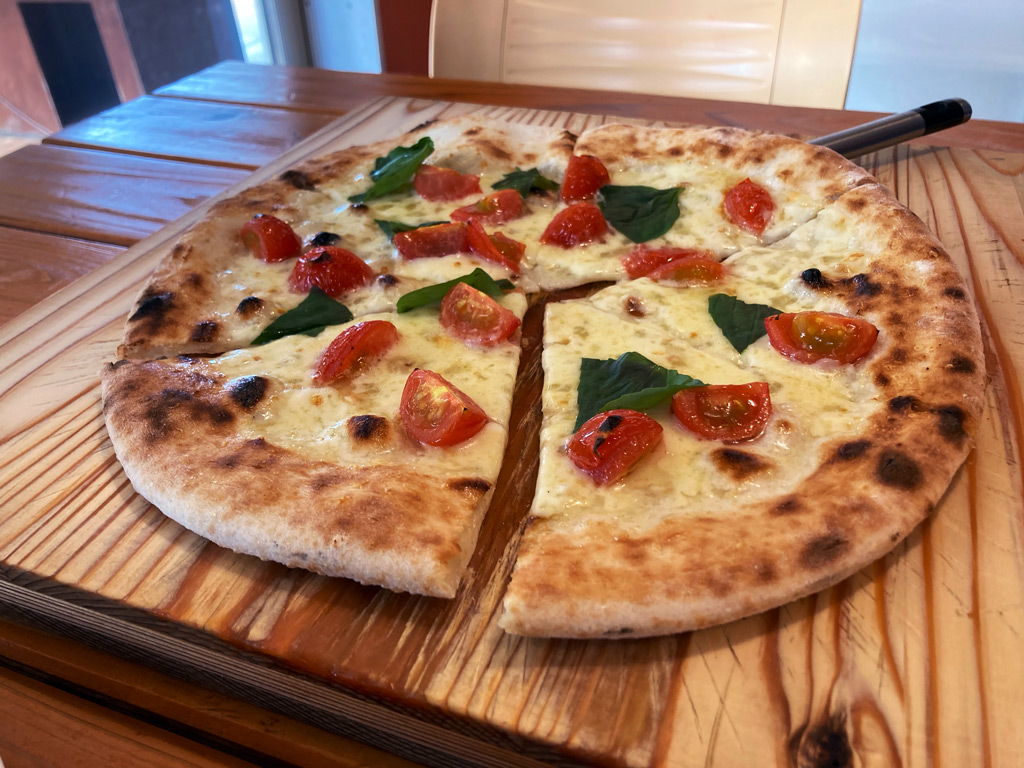
Orui is instantly on the phone, leveraging her island connections to get me access to a local cheese factory that doesn’t usually accept visitors. The person who makes the cheese, Takayuki Uotani, shows us around the small factory where he daily transforms milk fresh from the udder into Italian-style cheeses like burrata, mascarpone, mozzarella and ricotta. He’s a transplant from Kanagawa. He first came to the island on holiday in 2013 and was attracted by the underutilized potential of Hachijojima and its Jersey milk.
The milk is great for making cheese because of its high butterfat content, he says, but also because it’s tied to the land. The cows graze on the plants naturally growing in the island, whose cycles affect the content of the milk. In early spring, for example, when plants like Hachijo kariyasu (hairy joint grass) used in kihachijo dying put out fresh leaves, the amount of beta-carotene in the milk skyrockets, giving it a golden tinge. The milk expresses the turning of the seasons, almost like vintages.
The first cows were brought to Hachijojima in the Edo Period, along with early settlers. Nearly every household had one, providing not only milk but farm labor and transportation.
On Uotani’s recommendation, we head to Pizza Paradiso for lunch, where his products are put to good use on Naples-style pizzas cooked in an imported wood oven. The husband-and-wife owners, also transplants attracted to Hachijojima by the excellent fishing, prepare us a simple pizza with Hachijo mozzarella, cherry tomatoes and basil, as well as a decadent dessert pizza with mascarpone, honey, fruit and nuts. I’m not sure I taste any notes of hairy joint grass, but the cheeses are creamy and delicious.
Having derailed the planned agenda with my cheese obsession, we push through the post-lunch carb coma to visit some of the island’s tourist sites, including a cliff-top hot spring rated the second-best open-air bath in Japan by Trip Advisor users, a jungle path that winds behind a waterfall and a free oceanside foot bath from which whales can be spotted during the winter months.
Weaving subtle patterns
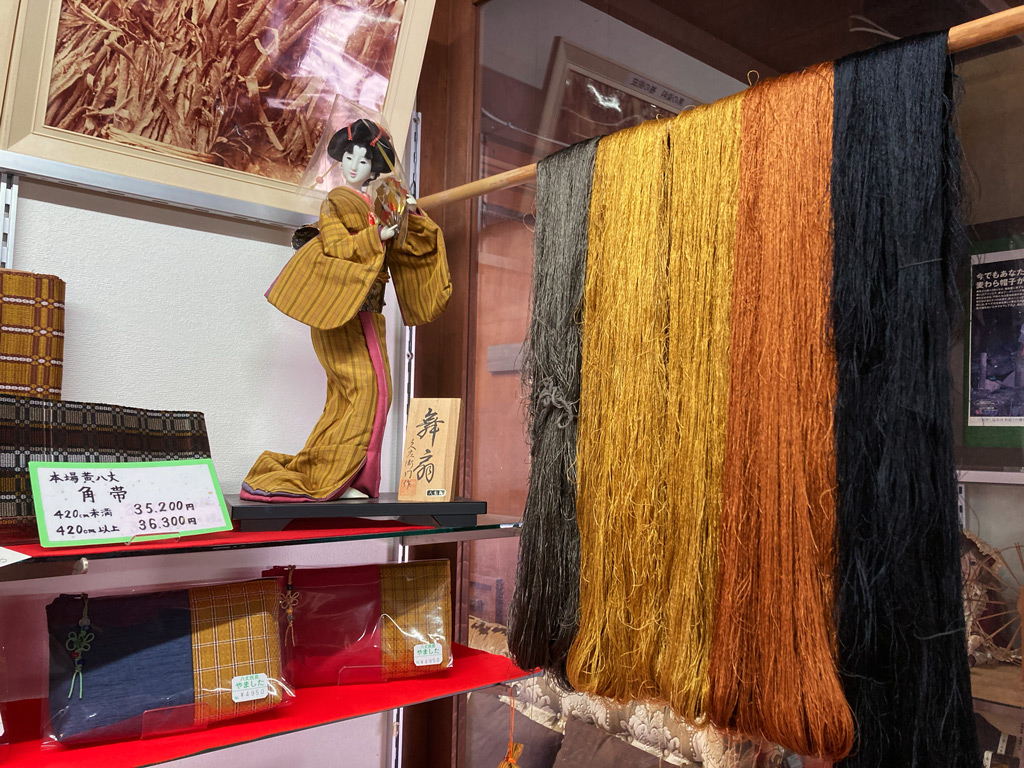
The next day, I turned up at Hachijo Folk Craft Yamashita for my weaving lesson. Four massive treadle looms dominate the tiny shop, each rigged up for a different pattern, with a few finished centimeters on display. My teacher, a petite elderly weaver named Mrs. Kawazu, immediately launches into explanations of the different foot movements needed to create the patterns. It’s mostly lost on this novice, so I focus on the threads themselves.
In addition to undyed white silk, kihachijo basically uses three colors, all derived from indigenous plants. Hairy joint grass, a relative of pampas grass, is used to make the yellow (ki) that gives the craft its name. A coppery brown is made from the bark of a local laurel species and black from an evergreen in the beech family called shiinoki, which is also responsible for the plentiful shiitake mushroom production on the island.
In addition to undyed white silk, kihachijo basically uses three colors, all derived from indigenous plants.
In a unique dying process, the threads are soaked for hours then dried in the sun upward of 20 times depending on the color, then fixed with camellia ash or marsh mud, also depending on the color. This process gives the threads a lustrous gloss almost like metallic wire, which traditional striped and checked patterns show off to good effect.
Kawazu tells me that at one time, the number of dyers who knew this process dwindled to a single resident, so the owner of this shop decided to take up the skill so the knowledge wouldn’t disappear. Kawazu wasn’t born to the craft either. She’s a transplant from mainland Tokyo, who moved to the island with her husband 45 years ago and learned the skill from scratch.
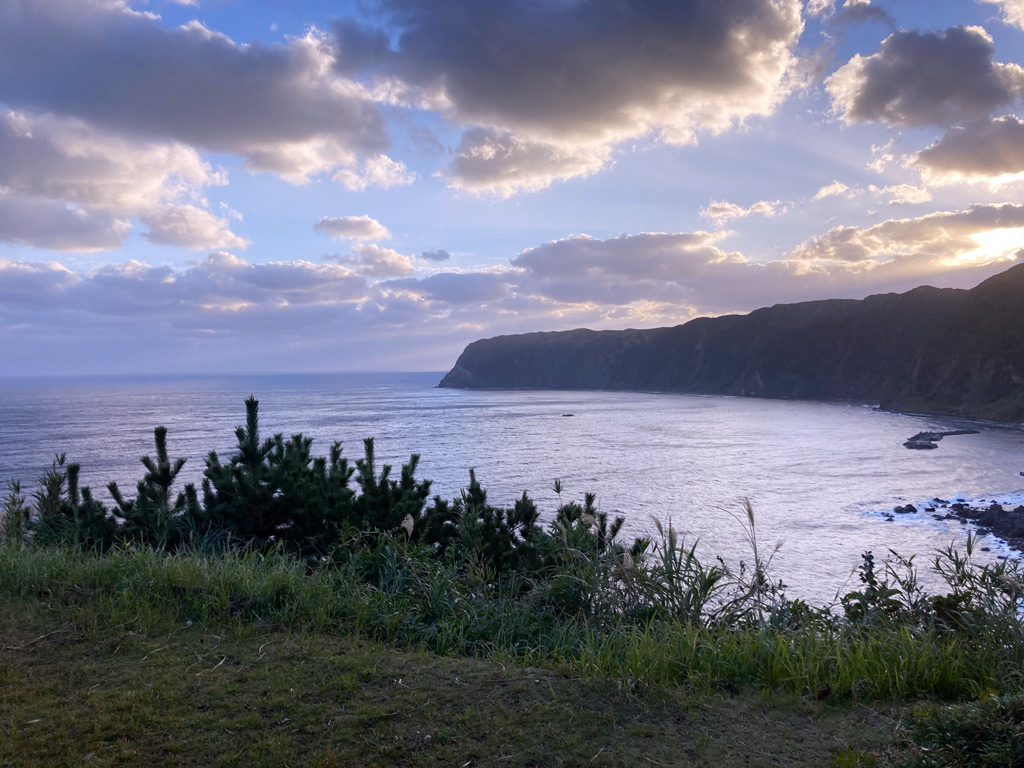
Eventually, I get settled at a loom and manage to coordinate the alternating treadle movements necessary for a simple stripe pattern. Kawazu occupies the neighboring loom, working on her own piece, and for a while the only sound is the soothing shick-thunk-thunk of the shuttle and reed. It takes me about an hour to complete a 12-centimeter patch, but I’m pleased I managed it, having to unpick a miscounted row only once. Removing it from the loom is a more complicated process than can be trusted to beginners, so Kawazu promises to send my creation by mail later.
All too soon, we’re back at the airport again. The thrice-daily flights are frequently canceled when strong southern winds make takeoffs too dangerous. Ours is cleared to fly, but it’s a reminder of the island’s tenuous connection to the mainland.
For all its tropical lushness, Hachijojima is just a tiny patch of land, isolated out in the Pacific and buffeted by powerful waves and sea winds that race over miles of open ocean. Life could be inhospitable here, but the community survives and thrives because it is close-knit. Not the insular, entropic closeness of the born-and-bred, but one that welcomes new arrivals, accommodating new threads into the interconnected fabric of island life so it can be stronger, more durable and more resilient. It’s tangible even to the casual visitor, and an undersold attraction on this treasure island.
For more information, visit the Tokyo Metropolitan Government “Tokyo Treasure Islands Project” official website.











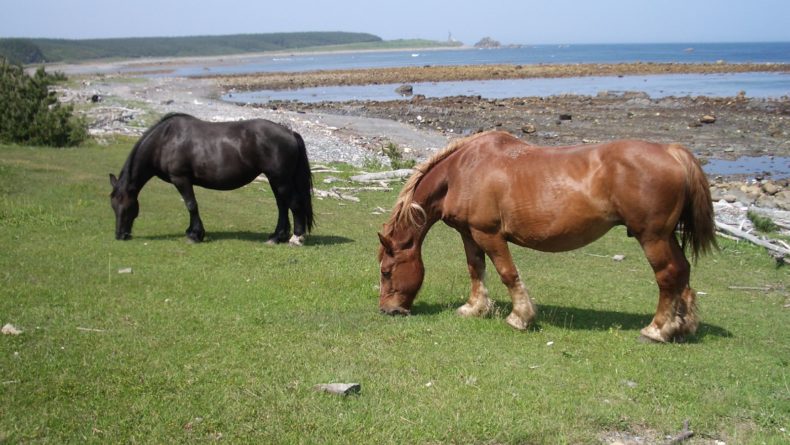
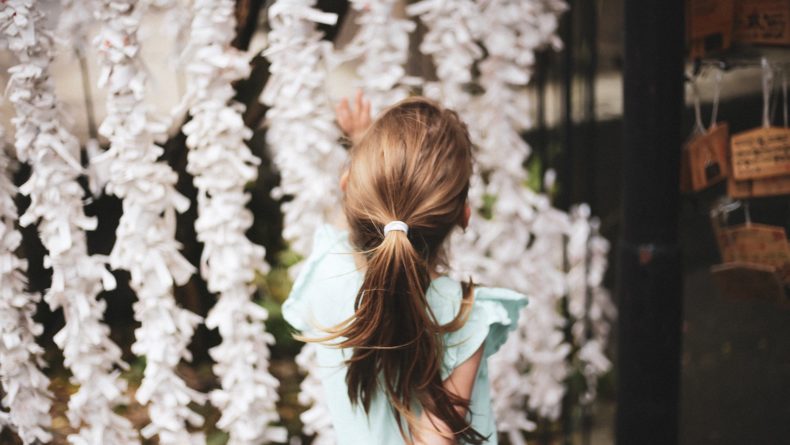
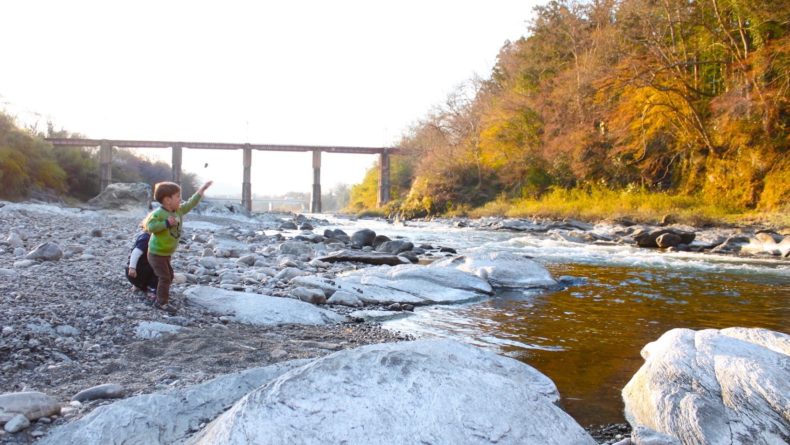
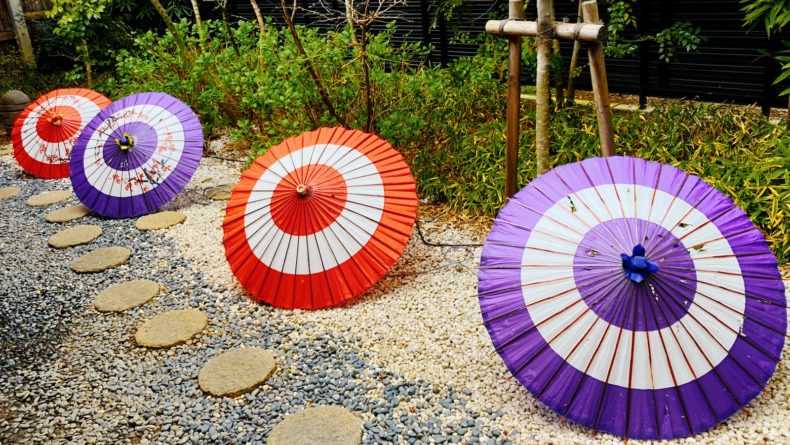
Leave a Reply